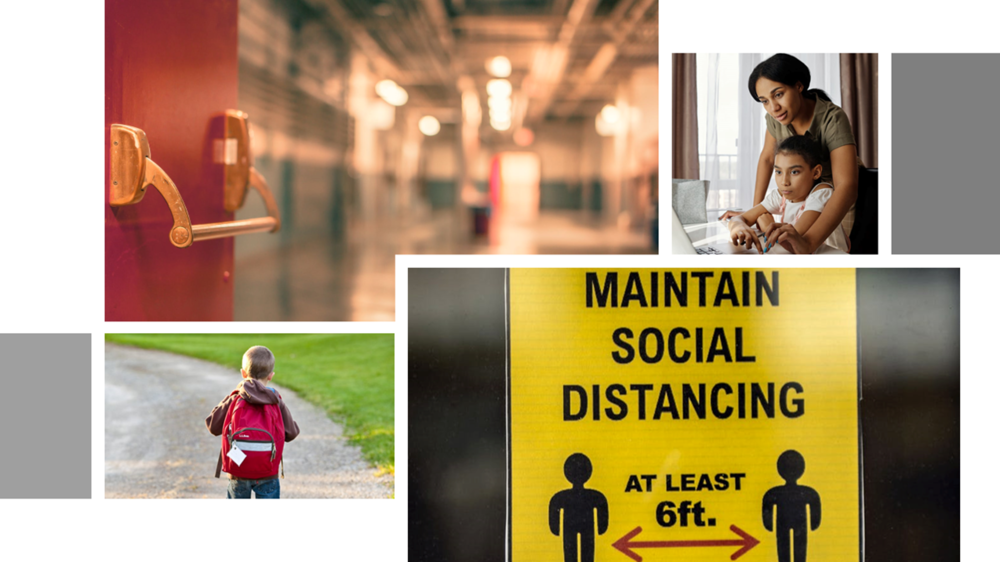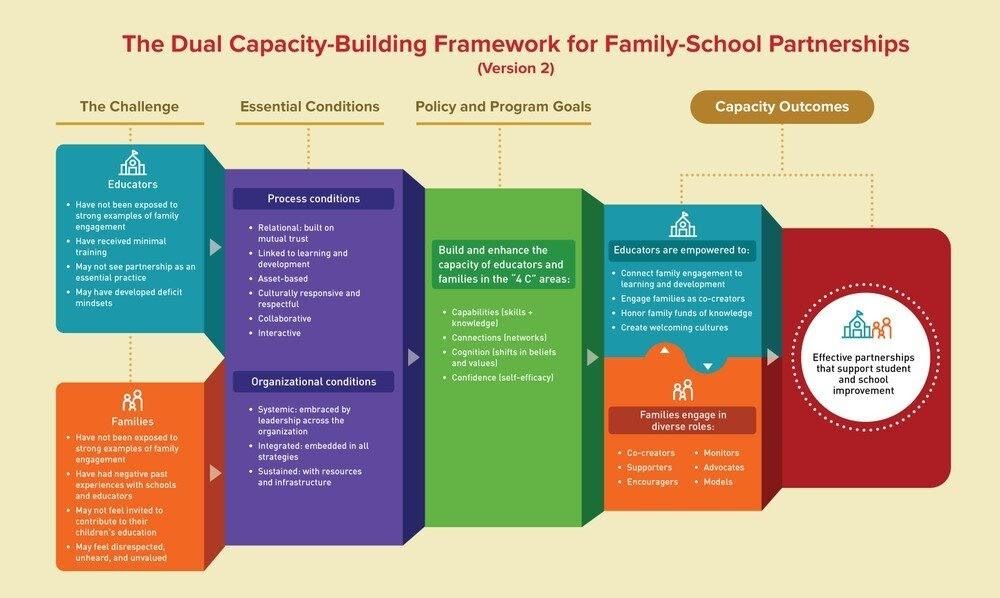By Mirja Hanson
When the going gets tough, peer interchange offers the best solutions! As the pandemic accelerated the revenue shortfalls threatening the survival of community newspapers, the MN News Media Institute (MNI) of the MN Newspaper Association (MNA) responded with a virtual networking opportunity for generating action ideas. With sponsorship from The Blandin Foundation, the MNI and Millennia Consulting’s Mirja Hanson facilitated problem-solving huddles for local newspapers for supporting and sustaining their mission to assure essential community information.
From June to October 2020, a lively series of online peer discussions brought together 50+ newspaper staff from communities across Minnesota. The first forums produced an “idea bank” of insights that was shared with 300+ MNA members as resource for navigating key service challenges:
Supporting HEALTHY NEWSPAPERS
- Negative industry reputation affecting recruitment and advertising perceptio
- Community closures/economic challenges with losses in events, ads, distribution points
- Navigating through unprecedented unknowns without a track record to use as a guide
- Struggling to address falling revenues while continuing to serve the communi
- Launching a new paper amidst social unrest and a tough economy
- Adjusting to print vs. digital and reductions in print days
- Doing more with even less to continue production and making ends meet
- Keeping, managing, motivating and finding staff to get the work done
- Supporting HEALTHY COMMUNITY
- Keeping readers and community interacting and engaged constructively
- Providing relevant COVID-related coverage and community support
- Gaining citizen and reporter access to public meetings and key stories
- By popular demand, MNI convened seven follow-up sessions to allow a deeper dive to identify ideas in priority action areas:
- Seeking revenue strategies – advertising, subscriptions, memberships
- Sustaining the business and operations
- Expanding digital strategies
- Supporting and recruiting employees
- Keeping the core product relevant with in-depth, balanced content focused on local news
- Assuring coverage of all market communities, voices and issues
- Serving as a constructive forum for community information and dialogue
While participants did not expect any silver bullets for their dilemma, they acknowledged the benefits of keeping in touch with others in all areas of the industry and, as one person put it, “the discussions were valuable from a business perspective, but also valuable for moral support. It is stressful publishing during this pandemic. Peer networking is so necessary or professional and personal health.” The biggest take-way was a re-dedication to keep citizens informed and active in their communities and broaden public support for the newspapers’ role.
The virtual problem-solving effort builds on the Rural Editors and Publishers Community Leadership Program (E&P) that has involved 181 participants from 101 newspapers since 2005. Millennia has served as a trainer in collaboration with MNI staff for the past 16 years. The program is funded and originally developed by the Blandin Foundation to equip community leaders with the core competencies of framing, social capital and mobilization and other tools for supporting healthy community.
The networking used an E&P process known as the balcony group that participants have found to be a key tool for translating leadership ideas into tangible action. Authors Heifetz and Linsky of Leadership on the Line, encourage leaders to periodically “climb to the balcony, above the fray” to gain perspectives for working smarter on the “dance floor” of day-to-day operations.


